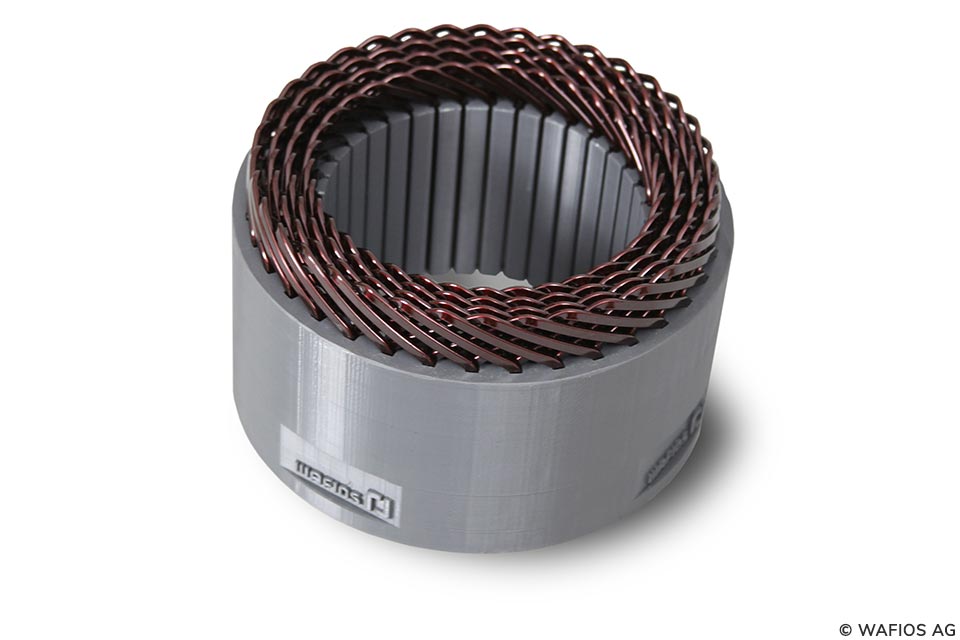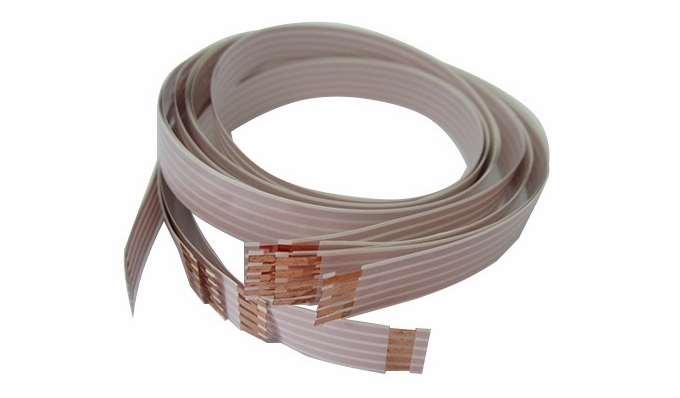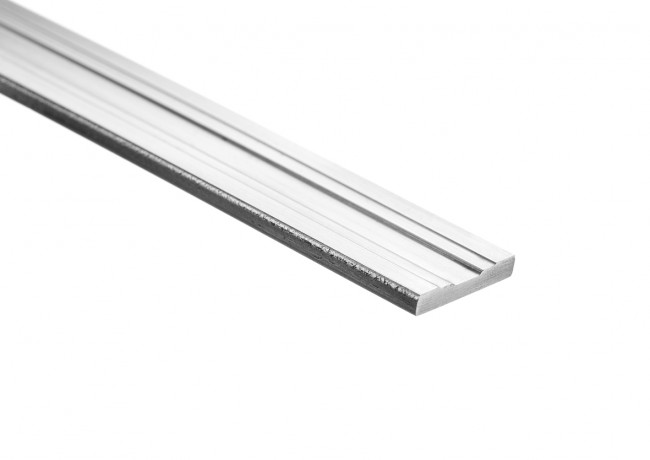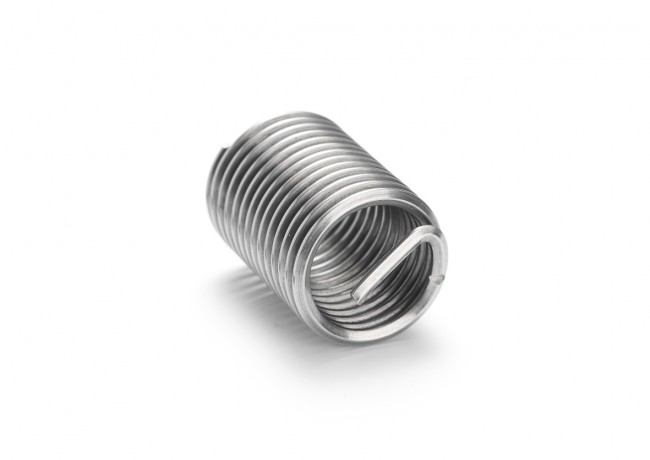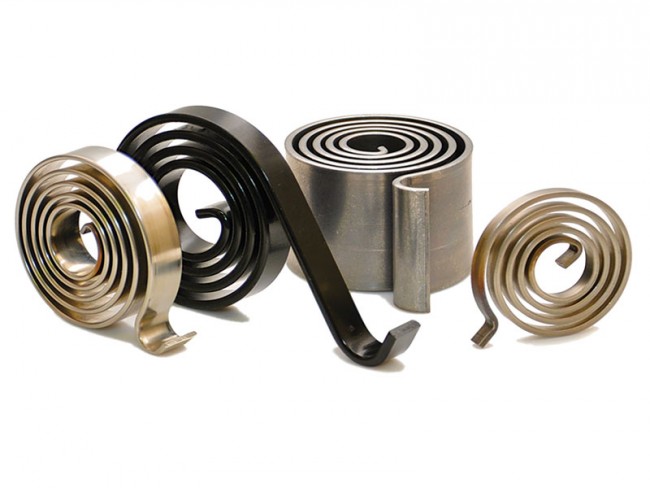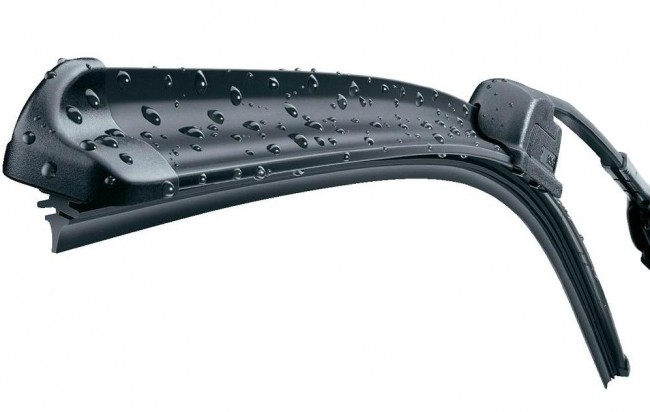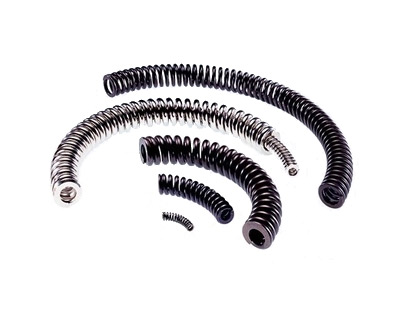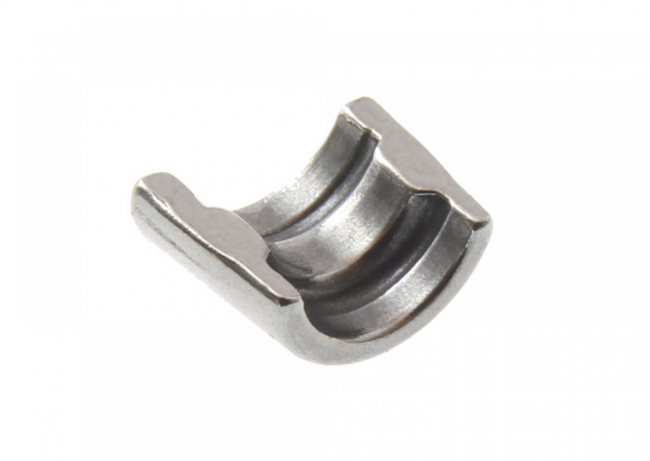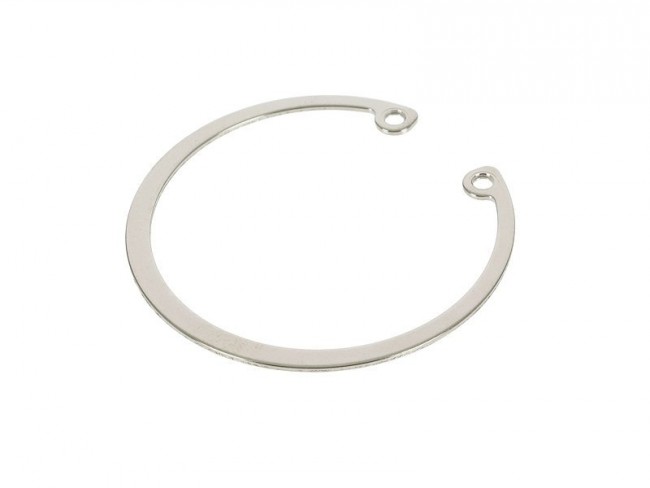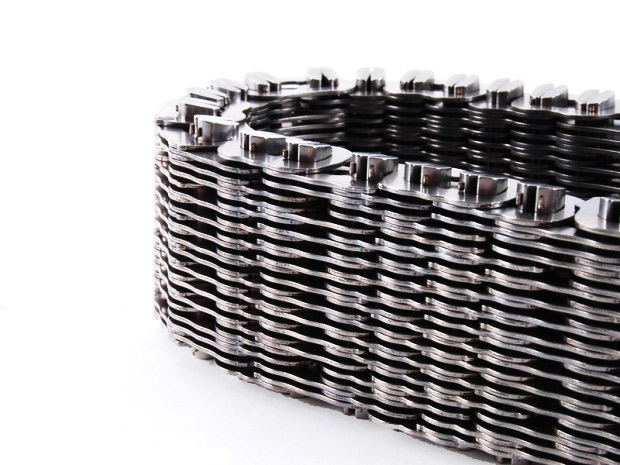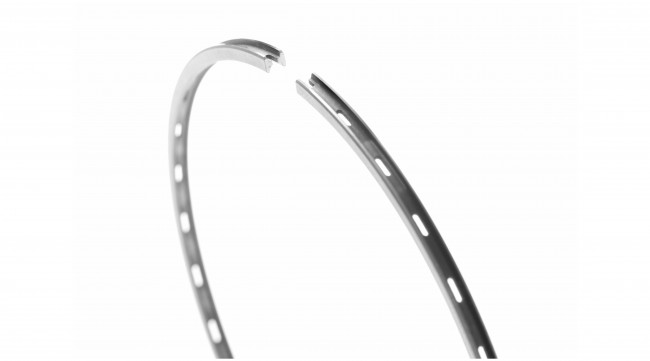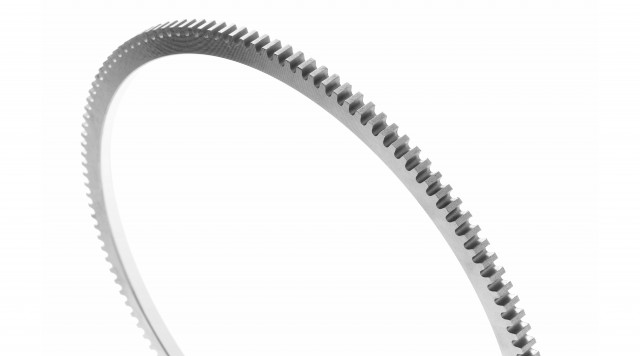Our rolling technology accompanies you reliably in your daily mobility
The probability that you encounter our rolling technology every time you get into a car is relatively high.
A number of global leading OEMs rely on FUHR rolling mills for the production of cold rolled special profiles, which enter a value creation chain for products such as springs for the retraction of front seats and safety belts, windscreen wiper blades, as well as reinforcements for internal trim.
Our rolling technology is also increasingly being deployed in the production of compression and oil rings for internal combustion engines, as well as in high performance engines through the use of thread inserts for the durable joining of light alloy components.
These are just a few of the highly diverse areas of vehicle manufacturing in which our ultramodern and efficient rolling technology is at work.

